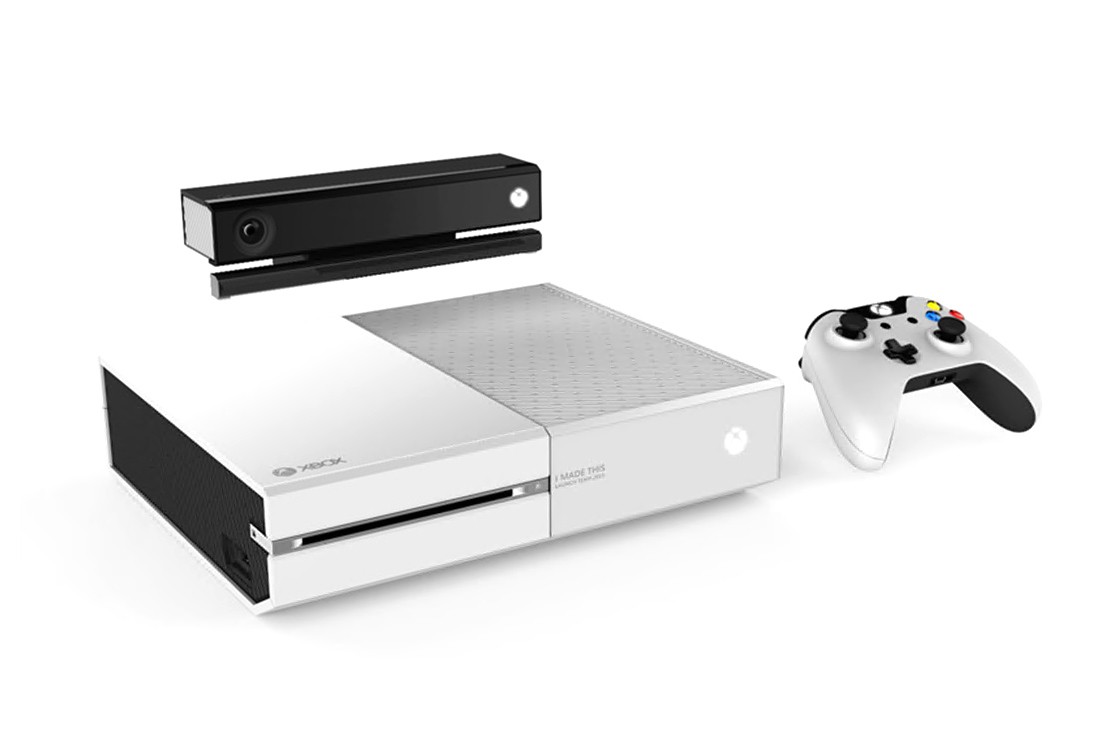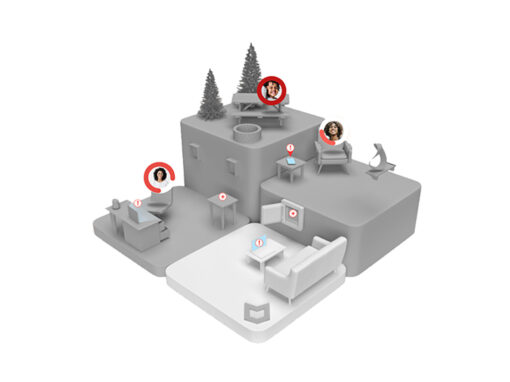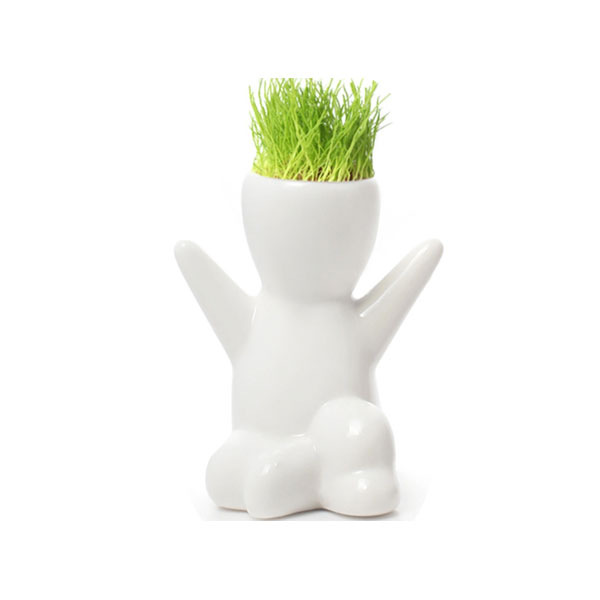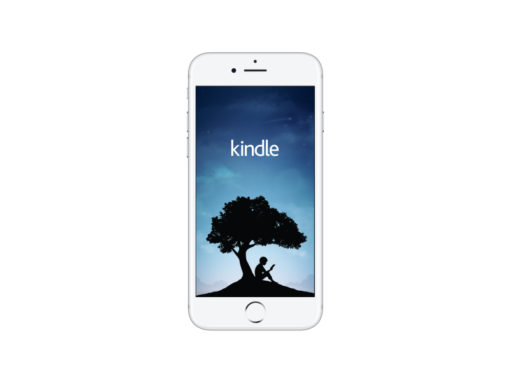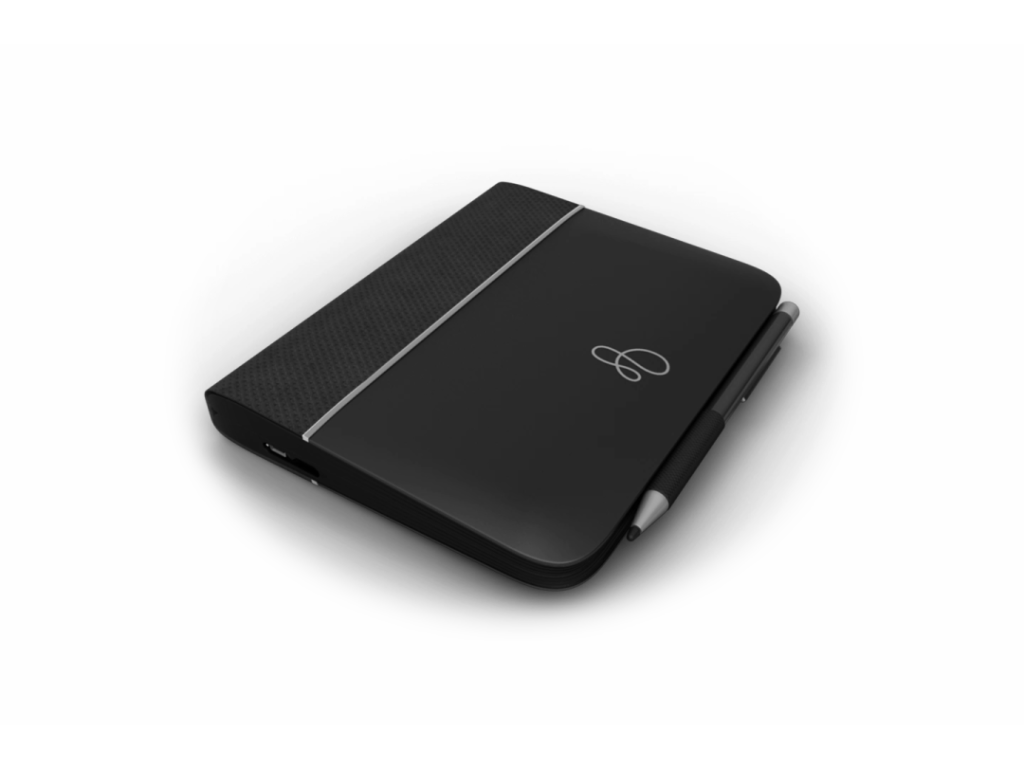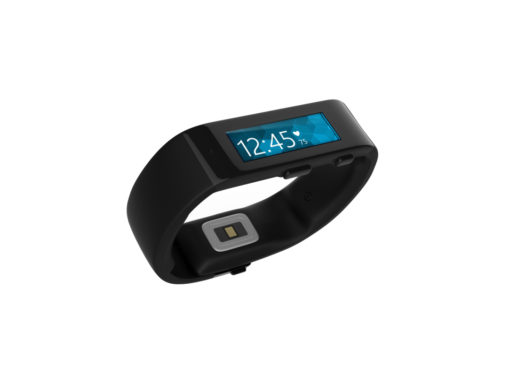The Challenge: Multi-screen, multi-input
10 3oot, desktop, tablet, and mobile all have different user needs, different input modalities, different platform capabilities, and different spatial resolutions. Launching a new generation of Xbox on the console paired with mobile Smartglass experiences and enhanced social experiences amplified the need for a consistent motion language across the brand.
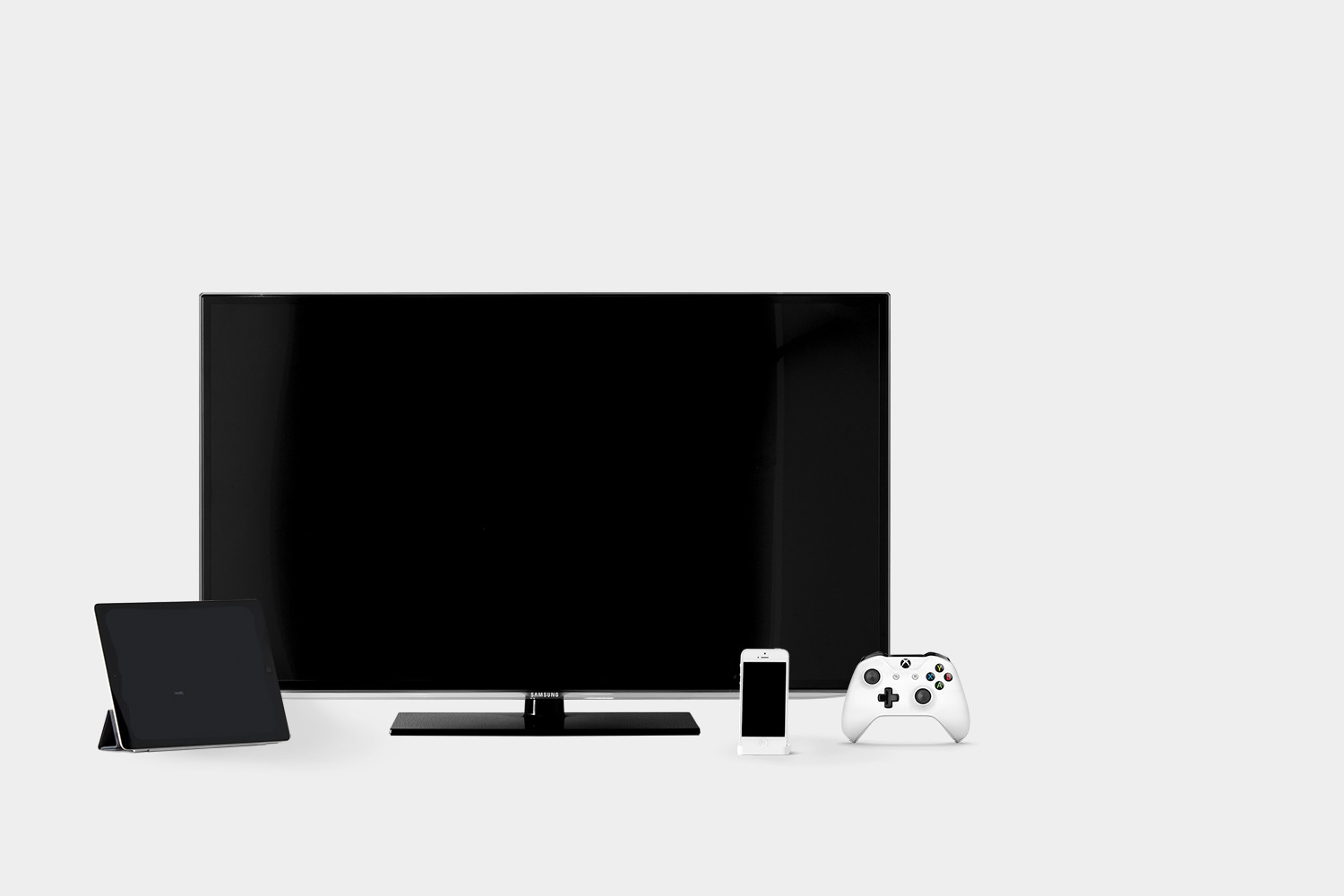
The Approach
Build a world-class motion team
Create repeatable motion common controls
Craft motion principles that enhance usability
Architect a motion toolchain that ensures delivery
Motion is a tricky business, particularly when easing works differently across all platforms. We designed and developed a motion tool that allowed export of motion parametrics from After Effects using Penner easing equations. This tool afforded motion in the builds to map directly to what was designed.
THE APPROACH
Architect a motion toolchain that ensures delivery
Motion is a tricky business, particularly when easing works differently across all platforms. I designed and led development of a motion tool that allowed export of motion parametrics from After Effects using Penner easing equations. This tool afforded motion in the builds to map directly to what was designed.
Build a world-class motion team
Create repeatable motion common controls
Craft motion principles that enhance usability
- Motion Interaction Direction 100%
- User Experience 100%
- Team Building 100%
- 2D and 3D Motion Design 100%
- Multi-modal Interaction Design 90%
- Design Strategy and Incubation 80%
- Budgeting and Team Management 80%
- Toolchain Architecture 50%
Contributions
Senior Design Manager for motion with a team that scaled between 5 and 12 designers and producers. Responsible for creative direction of motion interaction in partnership with Creative Director. Additional responsibilities included team management, budgeting and project management, design integration and execution, incubation, product previsualization, recruiting, tool chain improvements, and vendor management.
Contributions
Senior Design Manager for motion with a team that scaled between 5 and 12 designers and producers. Responsible for creative direction of motion interaction in partnership with Creative Director. Additional responsibilities included team management, budgeting and project management, design integration and execution, incubation, product previsualization, recruiting, tool chain improvements, and vendor management.
- Motion Interaction Direction 100%
- User Experience 100%
- Team Building 100%
- 2D and 3D Motion Design 100%
- Multi-modal Interaction Design 90%
- Design Strategy and Incubation 80%
- Budgeting and Team Management 80%
- Toolchain Architecture 50%
The Outcome
Xbox One launched holiday 2013 to generally mixed reviews. Kinect was not a hit with customers, and the mandatory Kinect purchase would soon be decoupled from the bundles. Once we could de-emphasize oversized gestural input “touch targets” required by Kinect’s NUI, many improvements could be made to the UI. This talented team of designers would quickly pivot to make enhancements.
I transitioned to lead the Microsoft Band UX team as Xbox One was shipping, but left behind a crew of outstanding motion designers that would eventually lead teams at Xbox, Hololens, 343 Industries, and Razorfish. Have a read about one of them below.
